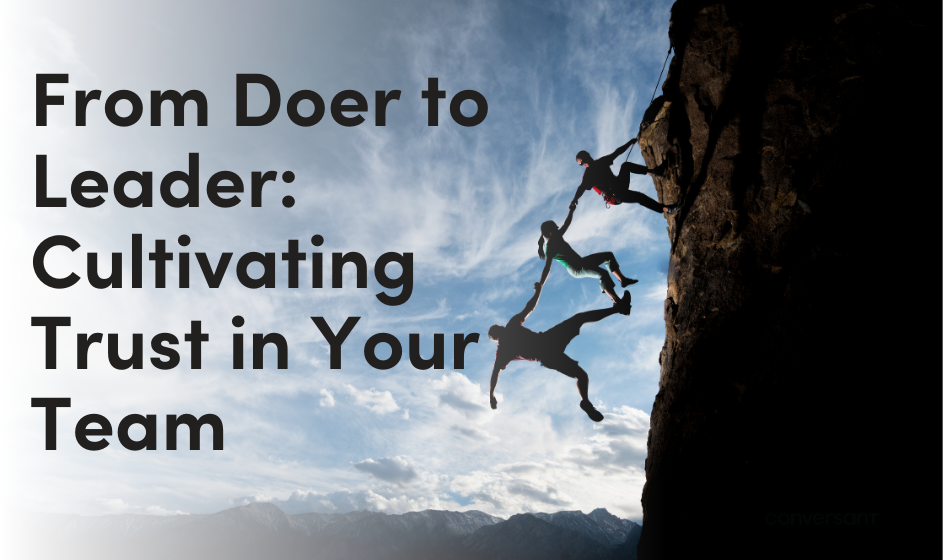Consider two versions of the same meeting. A task has just been identified, and it now falls to the group to figure out who can take it on.
Scenario 1: Someone reluctantly begins, “Ah, I have a lot on my plate right now,” and everyone else thinks to themselves: “You know what, I’m busy, too!” Suddenly there’s no capacity for the work at hand.
Scenario 2: Someone asks, “Whose expertise do we need to make this successful?” or maybe “Who would find this a useful challenge?” Not only does the group find the right person for the job, but they strategically rearrange other work so that no one person is overloaded.
What is the difference between those two situations? How do some groups collapse inward and run into so many dead ends while others seem to expand their size and time to fit their needs?
On the surface, it’s tempting to think that simply more collaboration is the antidote to burnout. However, there are serious risks to well-being when collaboration is unbalanced within an organization, or simply approached indiscriminately. For example, closer investigation of “collaboration overload” and the burnout rates for “extra-milers” are beginning to show that too often the highest collaborators in a system go unrecognized. In fact, they often spend a disproportionate amount of time contributing to the responsibilities of others without experiencing the same amount of help on their own work, and so they are not seen by their organization as high performers. We are rapidly learning that collaboration is a matter of quality over quantity.
At Conversant, we have found that the quality of listening dramatically changes the performance of a collaborative team. The most impactful shift is when people are not considering how to protect themselves, but instead are curious about what could be possible with all of the options available. Just as one person can have everyone running to their calendars, one remark with curiosity and purpose can start a chain reaction that opens up previously unevaluated opportunities. Try the steps below in your next meeting:
- Explore Purpose: Collaboration, like other business virtues, first needs to be purposeful. What is the importance of this task? Who and what will be negatively affected if it is not completed? If these questions are difficult to answer, it may indicate that the work is a nice-to-have rather than strategically significant, or that it is not yet the right time for that activity.
- Consider Expertise: What skills are required for the task at hand? Who on the team is best suited to that skill? When everyone on a team has a specific and recognized contribution, it both increases commitment and logically distributes responsibilities across members.
- Be Curious About Growth: Ask if there are any group members who need to develop a skill this task would require, or if anyone has a particular interest. What is tedious for one member of the team is a challenge for another. Apprentices often make effective and enthusiastic collaboration partners, and evaluating development needs during project assignments can build trust within a team.
- Compare Availability Last: If you have identified the importance of the task, who has the expertise required, and who may benefit from it as a growth opportunity, you have a better foundation to judge what other work may need to shift to make space, and who else might be able to help. If needed, revisit previous commitments in light of a new need and adjust accordingly. When members of a team trust that they will not be overwhelmed, they tend to be less protective of their time.
As collaboration within organizations increases, we must be awake to its deployment, balance its participants, and be purposeful in its approach. When those conditions are met, we can be smarter together, healthier together, and realize the impact of our aspirations.




